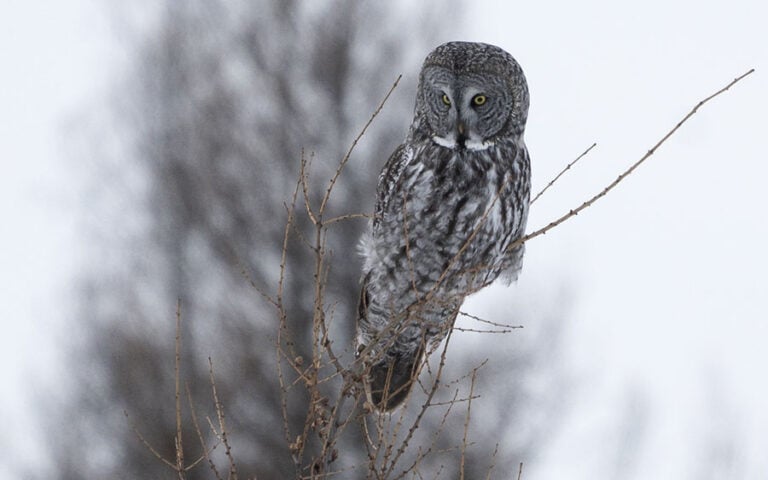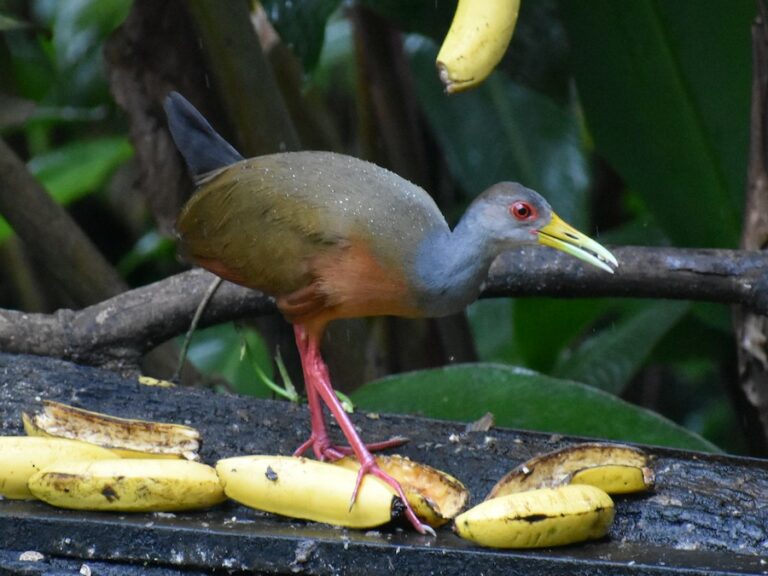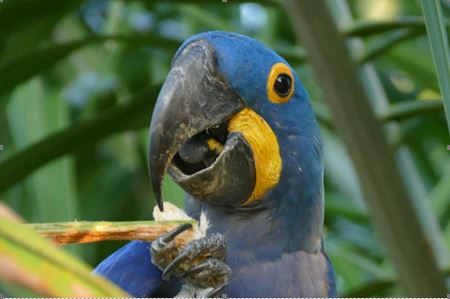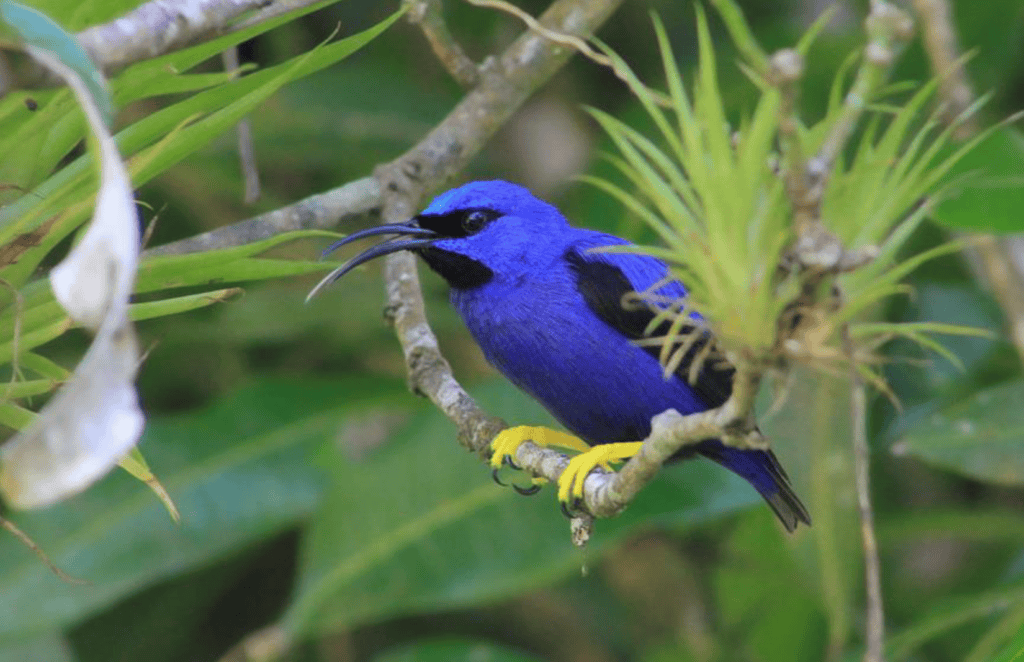Minnesota: Owls and Winter Wonderland
Winter birding in Minnesota is an extremely rewarding experience with both amazing birds and breathtaking scenery. This six-day itinerary focuses on owls as well as a variety of other species that call the boreal forest and Lake Superior home for the winter. Starting in Minneapolis, the tour will target Long-eared, Northern Saw-Whet, and Great Horned Owls, all of which occur in this area but are not found further north. From there we’ll head up to Duluth for the next four nights. The incredible Sax-Zim Bog will be our focus for the next few days; it’s home to loads of our target species, such as Great Grey and Barred Owls, Northern Hawk-Owl, Pine and Evening Grosbeaks, Boreal Chickadee, Ruffed Grouse, Common Redpoll, and Canada Jay. In addition to this well-known USA birding site, the tour will explore the Duluth/Superior harbor for species such as Iceland and Glaucous Gulls, Common Goldeneye, Common Merganser, and Long-tailed Duck. This is also the best tour location to find the coveted Snowy Owl to round out our owl targets for this trip. The bog and the lake are not the only birding destinations; we’ll venture into Superior National Forest in search of both Black-backed and American Three-toed Woodpeckers and, with some luck, Spruce Grouse. After three full days exploring the area, we’ll pack up and leave Duluth to head back to the airport in Minneapolis. Extra birding may be possible on the final day depending on flight times.
More questions? Contact GGBA Travel Coordinator Eric Schroeder at tr***********@********************ce.org.
Ready to register? Contact Eric first. He will put you in touch with Birding Ecotours.
Price: $2,780 per person sharing
Single supplement: $400




 Blue Honeycreeper by Fraser Bell
Blue Honeycreeper by Fraser Bell